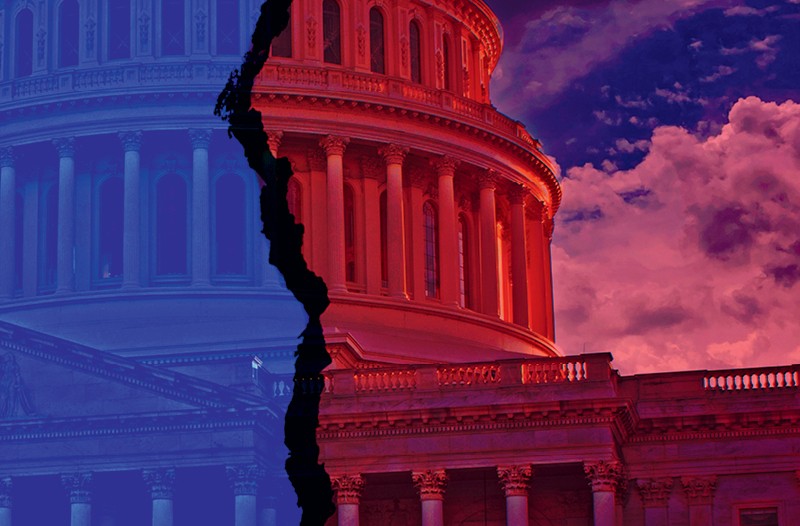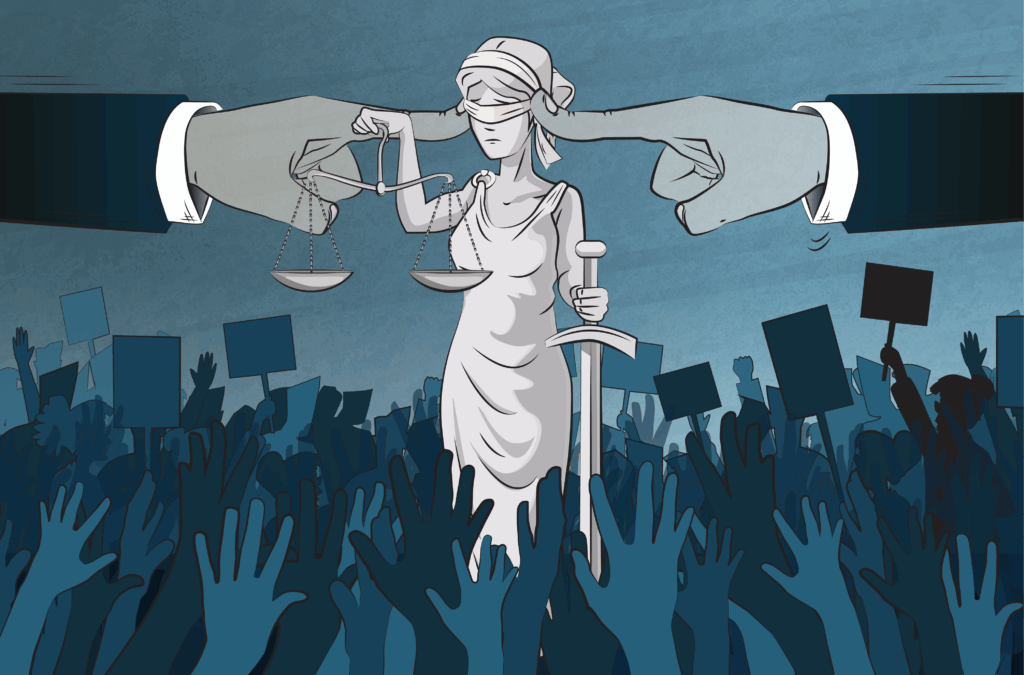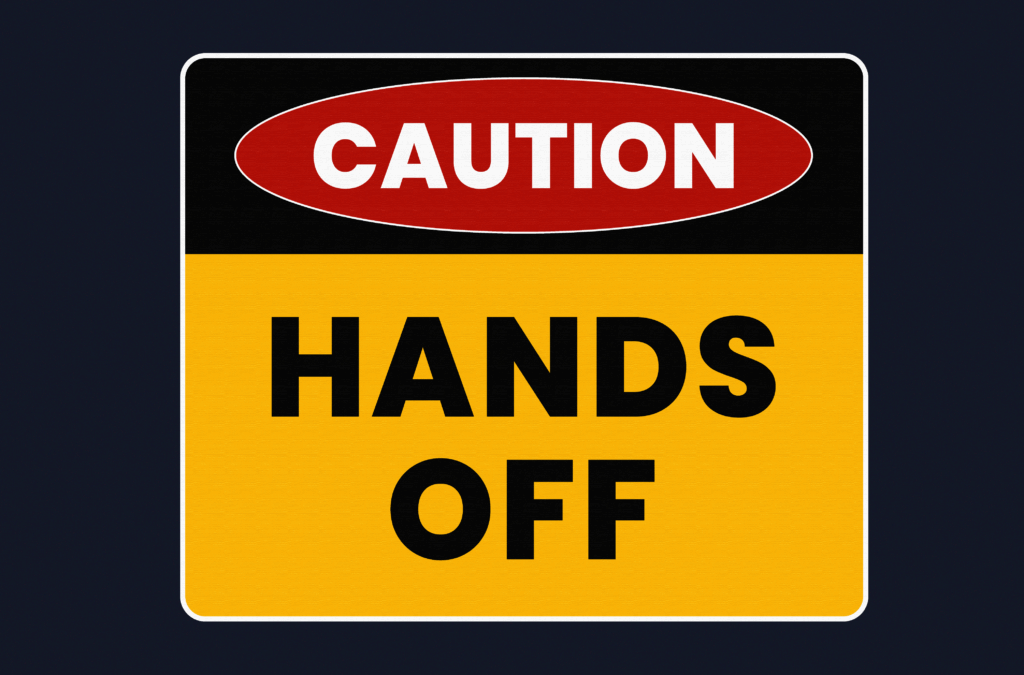
Balancing Act

Washington is finally back to work after an epic election battle and a major victory for Republicans. There are big—YUGE!—deals that President Donald Trump, House Speaker Paul Ryan, R-Wis., and Senate Majority Leader Mitch McConnell, R-Ky., are poised to deliver.
And we expect one of the most consequential deals will be a long-awaited tax reform package.
I’m writing as a Democrat who’s still bruised from November, but the light I see in this new era is the end of six years of gridlock and the ability to get things done. The challenge now is to ensure the bills signed into law do no harm and work to strengthen our markets. And when it comes to tax reform, we’ve got a big opportunity and a corresponding big battle. Preserving the tax exclusion for employer-provided benefits will be the defining issue for our advocacy efforts in 2017.
The groundwork is laid after years of negotiations led by Speaker Ryan, and we’ve accordingly built our advocacy efforts around a potential deal. The tax code hasn’t seen comprehensive reform since 1986, and the corporate rate now stands at 35%—the highest in the world—motivating companies to relocate overseas and further decrease government revenue. The code is also the most convoluted and difficult to navigate. It’s gotten so out of whack that there is still a tax benefit for companies that use goat mohair—an incentive created in 1949 for manufacturers of military uniforms. Uniforms are now made with synthetic fibers, but the mohair incentive is still on the books.
Our member firms stand to benefit significantly from a major reduction in the corporate tax rate. Most corporations do. In fact, a recent survey of multinational CFOs listed corporate tax reform as their top policy priority.
There are few arguments against lowering and simplifying the tax code, but it’s going to be a difficult task with lawmakers considering how big to go. Should it be comprehensive reform that would include reforming individual rates or just corporate reform?
Trump has proposed lowering the corporate tax rate to 15%. Ryan has proposed cutting it to 20%. The final legislation is likely being written and revised as you read this, and the reductions promise to be accompanied by a big price tag for us—a potential new tax on employer-provided health insurance.
When Congress looks at ways to replace the revenue nixed with lower rates, the largest tax expenditure on the books is the exclusion for employer benefits. The exclusion cost the federal government $250 billion in 2015. It’s far costlier than the popular mortgage interest tax deduction or the deduction for charitable contributions. Our fight to preserve the exclusion is a tough one. Every time I raise the issue with a staffer on Capitol Hill, I’m met with a look of angst and concern. It is one of the most frequently considered expenditures to subsidizing lower tax rates.
I don’t have to tell you the holy grail to employer-sponsored insurance is the corresponding tax incentive. We know that employers largely continue to offer health benefits to compete for good talent and do right by their employees, but it’s not difficult to envision how these packages would be scaled back if the tax incentives were altered. Our message to Congress is simple: if you begin limiting the tax exclusion, your constituents begin receiving limited benefits packages. And that’s a dangerous experiment that will affect 160 million Americans receiving employer-sponsored insurance.
The health insurance market is already becoming increasingly volatile, with individual premiums skyrocketing, carrier mergers limiting consumer options and drug prices exploding. Consumers are increasingly paying more for less. The market for employer-sponsored insurance remains remarkably stable despite those variables. Why tamper with a market that works well? (I would use this opportunity to point to Hillary Clinton’s support for employer-provided insurance, but I’m trying to move on.)
Unfortunately, that message doesn’t always resonate with some of the leaders writing the tax reform package. House Ways and Means chairman Kevin Brady, R-Texas, conducted a hearing last summer on the notion that the tax exclusion incentivized consumers to overuse their benefits and resulted in premium increases. And Speaker Ryan regularly suggests that scaling back the tax exclusion would encourage companies to shift money from benefits packages to wages. But we saw that theory debunked when markets strategized for the looming Cadillac Tax—an excise tax that economists predicted would increase government revenue by $87 billion (largely from new taxable income). But as the excise tax neared, there were no indications companies would suddenly be increasing salaries.
This positioning derives from conservative economic theories that consumer-driven health insurance will lower overall costs. Several bills were introduced in the last Congress to encourage consumer-driven health insurance.
Rep. Pete Sessions, R-Texas, and Sen. Bill Cassidy, R-La., in May introduced H.R. 5284, “The World’s Greatest Healthcare Plan Act of 2016.” The bill would limit the tax exclusion for employer-sponsored health plans to $2,500 annually per individual plus $1,500 annually for dependents. This would force consumers to spend more frugally. Although we consider Rep. Sessions and Sen. Cassidy our friends, we strongly disagree with their approach, and we will oppose every effort to limit the benefits-tax exclusion.
Our battle this year is clear: to preserve the tax exclusion for employer plans and to continue to discredit consumer-driven health theorists. We have a lot of allies in this fight, but they will all have parochial distractions. We’re fortunate to have built strong relationships with the tax writers over the years, and we’ll be leaning on them heavily in the coming months to preserve your markets and to protect the insurance that your clients rightly enjoy.




